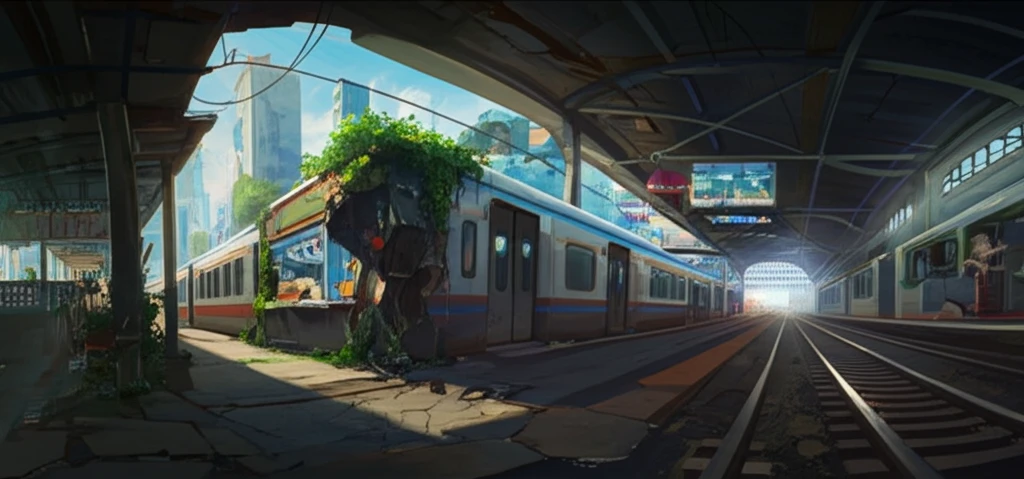
Unlock the Hidden Potential: Transforming Unused Spaces in Urban Railway Stations
"Discover innovative strategies to revitalize neglected areas within urban railway stations, turning them into vibrant hubs for community and commerce, and enhancing urban mobility."
Urban railway stations are vital arteries in the city's circulatory system, yet often, significant portions of their space remain underutilized. These neglected areas, ranging from awkward corners to entire levels, represent a missed opportunity to enhance the commuter experience, generate revenue, and contribute to the vibrancy of the surrounding urban landscape. As cities grow and evolve, the strategic repurposing of these spaces becomes increasingly crucial.
The challenge lies in identifying and adapting these unused spaces to meet the evolving needs of urban dwellers. This requires a holistic approach, considering factors such as accessibility, safety, environmental impact, and community engagement. By transforming these areas into functional and aesthetically pleasing environments, we can create railway stations that are not only efficient transit hubs but also thriving community centers.
This article delves into the characteristics of unused spaces in urban railway stations, exploring innovative strategies and real-world examples of how these areas can be revitalized. From pop-up shops and art installations to green spaces and community centers, we'll examine the potential for transforming neglected areas into valuable assets that benefit both commuters and the wider urban community.
Characteristics of Unused Space According to the Arrangement of the Station Facilities on the Urban Railway Line

The arrangement of station facilities significantly influences the presence and nature of unused spaces. In many urban railway systems, stations are categorized based on their location relative to the railway line: ground-level, underground, or elevated (above the railway line). Elevated stations, in particular, often present unique challenges and opportunities for space utilization. These stations, typically built above existing infrastructure, can create interstitial spaces that are neither easily accessible nor functionally integrated into the station's overall design.
- Historical Design: Older stations may reflect outdated design principles that do not prioritize efficient space utilization.
- Accessibility Issues: Areas with limited accessibility, such as those located far from entrances or exits, are often underutilized.
- Structural Constraints: The physical structure of the station, including support beams and utility systems, can create barriers to repurposing space.
- Lack of Planning: Insufficient planning and coordination between various stakeholders can result in fragmented and underutilized spaces.
Unlocking the Potential: A Vision for the Future
By strategically addressing the challenges and embracing the opportunities presented by unused spaces in urban railway stations, we can create transit hubs that are not only efficient and functional but also vibrant and engaging. This requires a collaborative effort involving urban planners, architects, community stakeholders, and transportation authorities. By working together, we can transform these neglected areas into valuable assets that benefit commuters, communities, and the city as a whole. The future of urban railway stations lies in their ability to adapt and evolve, embracing innovation and creativity to unlock their full potential as vital components of the urban landscape.
